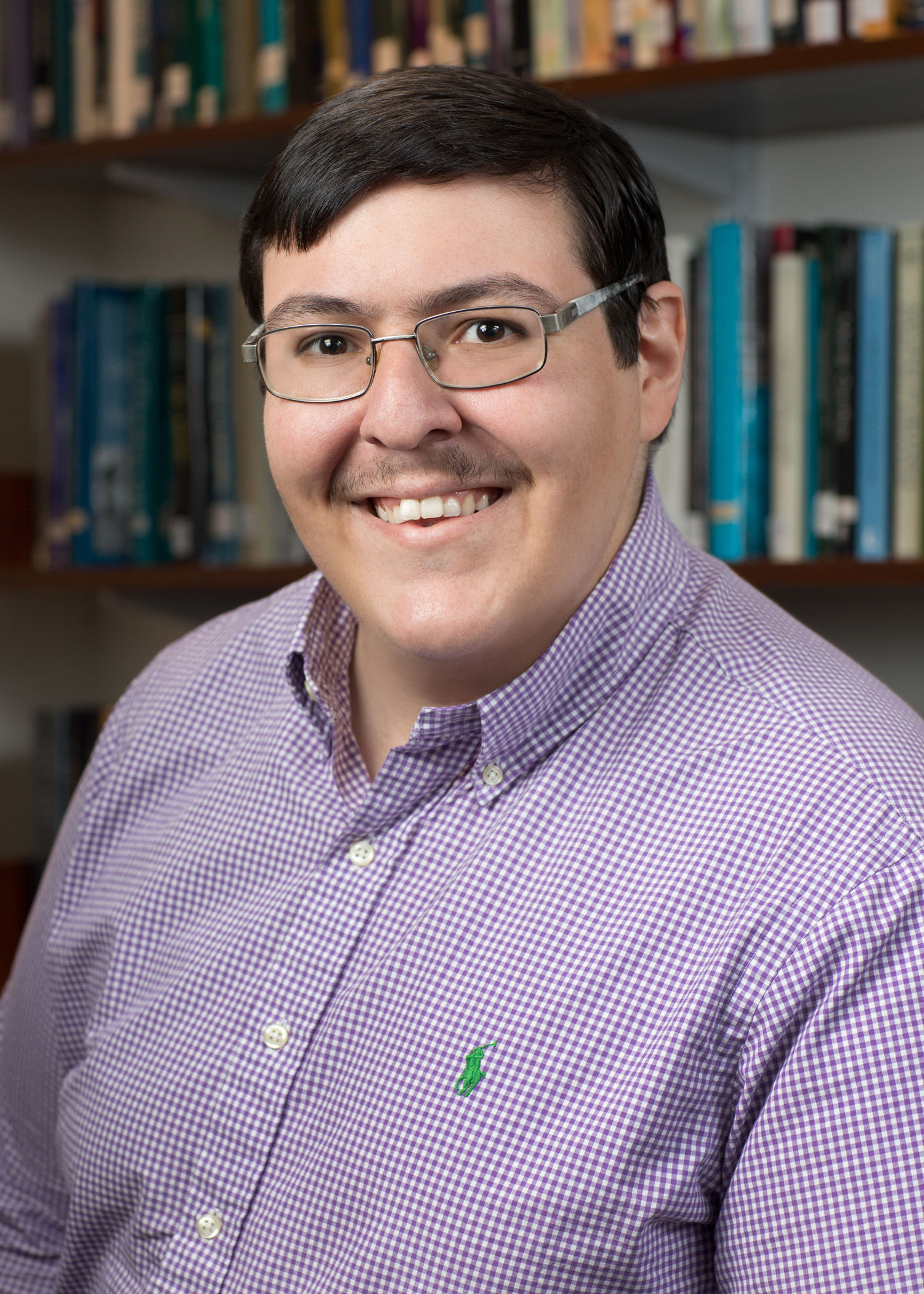

Denver Museum of Nature and Science Director of Equity and Inclusion, Noel Dominguez. (Photo/Martha Stewart)
In three words or less, what would you say your expertise is?
Increasing intentional inclusion.
Explain what you do as a Director of Equity and Inclusion
There’s so much we can all do to make the Museum a more inclusive and welcoming space for our staff and our visitors, and as director of Equity and Inclusion I work across the Museum to help us do that. This involves things like creating a strategic inclusion and belonging plan, developing learning opportunities for our staff on implicit biases and microaggressions and working with the variety of DEAI (Diversity, Equity, Accessibility, and Inclusion) staff groups already in the Museum to think about the reach and content of our community engagement and internal and external communications. For now, I’m focusing on listening to and learning from our staff and finding ways to continue a serious and strategic approach to making inclusive spaces of belonging across the Museum.

Noel at an academic conference at Brigham Young University. (Photo/Kathryn Dominguez)
Where did you get your PhD?
I recently completed my doctorate at Harvard University, where I researched implicit racial biases, the kinds of control we have over them and the ways they affect our relationships with other people. I’m incredibly grateful to have had the time to think deeply about how these biases operate and what we can do about them at the interpersonal and organizational level – this training has been incredibly helpful to my work as a director of equity and inclusion!
What are some of your publications?
The publication I’m most proud of is “Moral Responsibility for Implicit Biases” from the book An Introduction to Implicit Bias, which examines whether we’re morally responsible for our implicitly biased actions. It explores questions around how our biases function, what kinds of mental and physical activities count as “agential” actions, and the question of what it means for some action to be “ours,” such that we’re responsible for its consequences. These are questions that often come up when people first learn about implicit biases and it can be difficult to find accessible resources discussing how we should feel about our biased actions, so I hope this gives some readers a place to begin!
Are you working on any current projects?
In addition to publishing some more chapters from my dissertation, I’m working on a book for Diversity and Inclusion practitioners on how newer research on implicit biases should alter our best practices on subjects like equitable hiring, inclusive leadership and community engagement. Our current conception of how implicit biases operate is pretty different from the one we had ten years ago and these changes have important implications for a large variety of workplace operations. I’m excited to see how my time at the Museum helps me further craft this project.

Noel and his wife Kathryn enjoying a day outdoors. (Photo/Kathryn Dominguez)
What do you look forward to in your new Museum position?
I’m so excited to work at a science museum! I have a deep love and respect for science museums, although it took me a while to realize that – I was 21 years old before I ever stepped foot in a museum and to call the experience life-changing undersells the impact it had on me. Increasing access to these cultural institutions, where knowledge about the natural world really comes alive and towering scientific achievements seem like something anyone can accomplish if they work hard enough, is not just my vocation but also a deep personal commitment. Science museums can make dreams realities and change the trajectories of lives and I’m delighted at the opportunity to help the museum expand on this important work!
What are you passionate about, personally and/or professionally?
For most of my teens and some of my twenties, I was a professional magician that worked trade shows and other corporate events to pay for college. While I’ve since stopped performing as much to focus on being an academic researcher and a DEAI practitioner, I'm still amazed at how similar the core of these different professions really are. They require a strong conviction that there’s more to appreciate and experience than what we already do and a desire to share this with others and expand our understanding from doing so. Fulfilling this desire is a big part of why I’m so excited to work at a place like the Denver Museum of Nature & Science.
What is your favorite hobby?
During the beginning of the pandemic, I got very engrossed in a particular strain of ambient music that flourished during Japan’s 1980 economic boom called Kankyō Ongaku, a kind of “environmental music” meant to give depth and meaning to office and exhibit spaces. It’s kind of like a very artistic elevator music! It can be cheerful, spooky, melancholic or mystical, but it always gives me space to get lost in the music and let go of whatever negative feelings or emotions I’m holding onto, something that is very helpful in my line of work!



